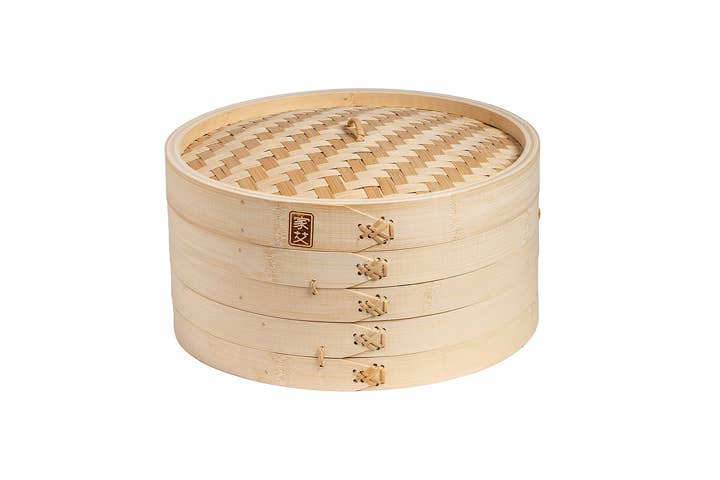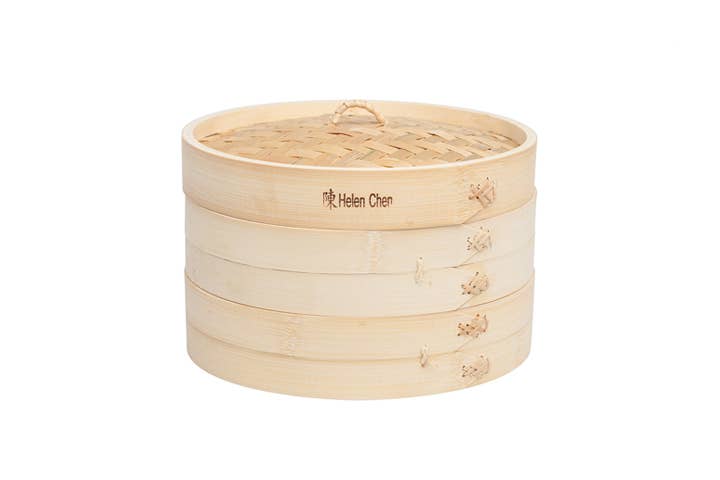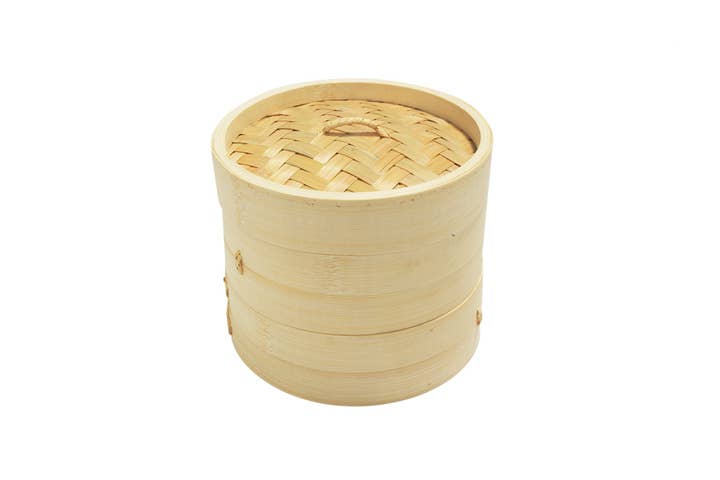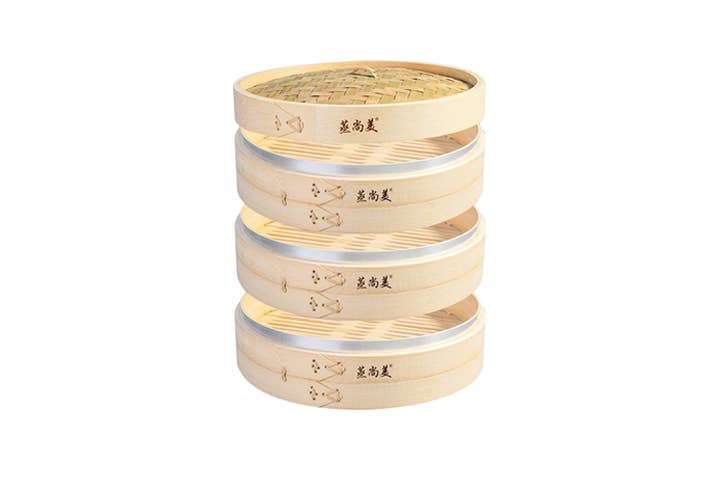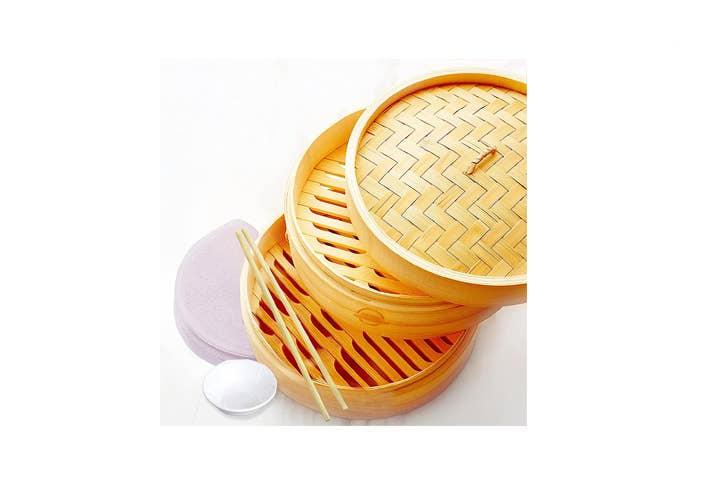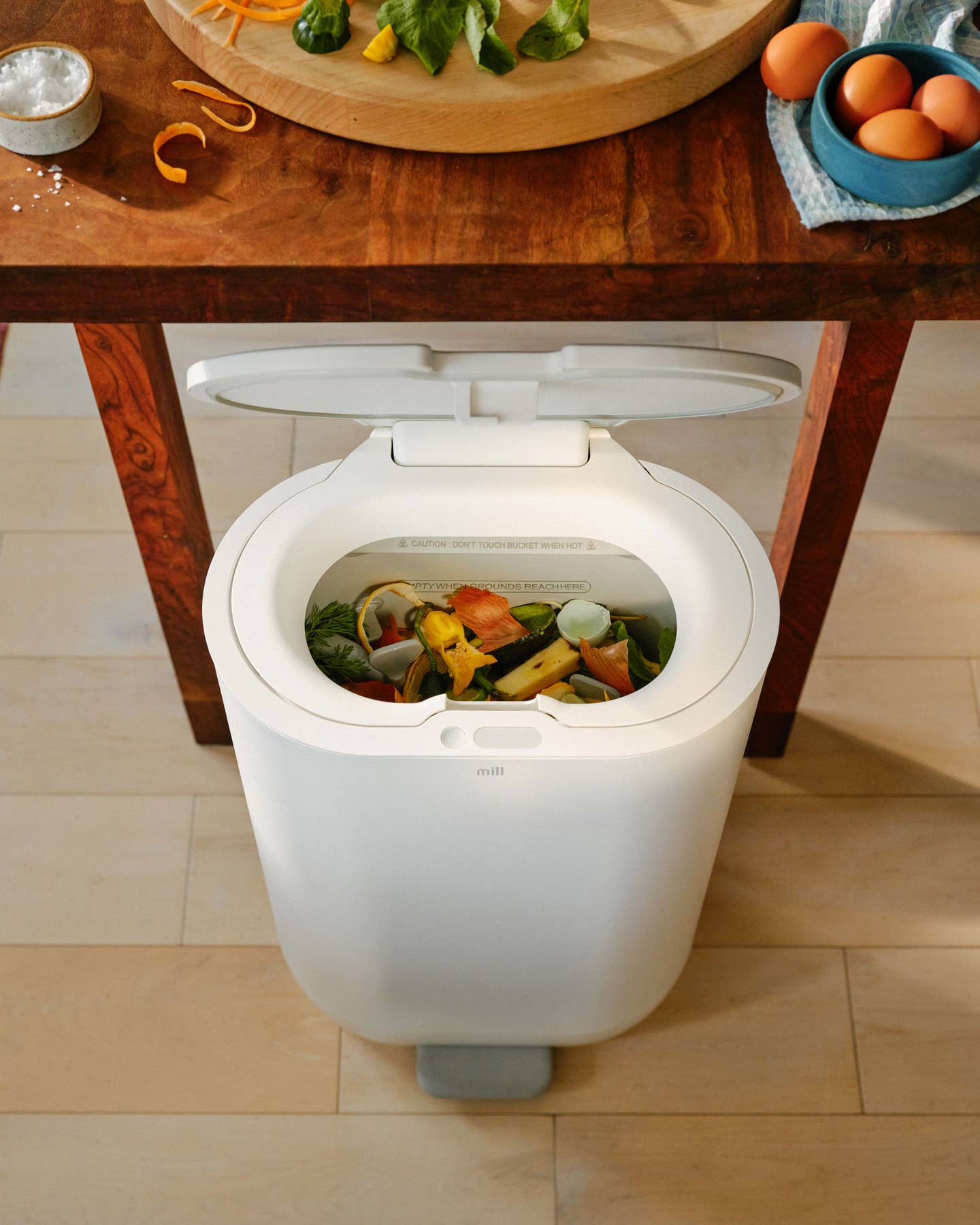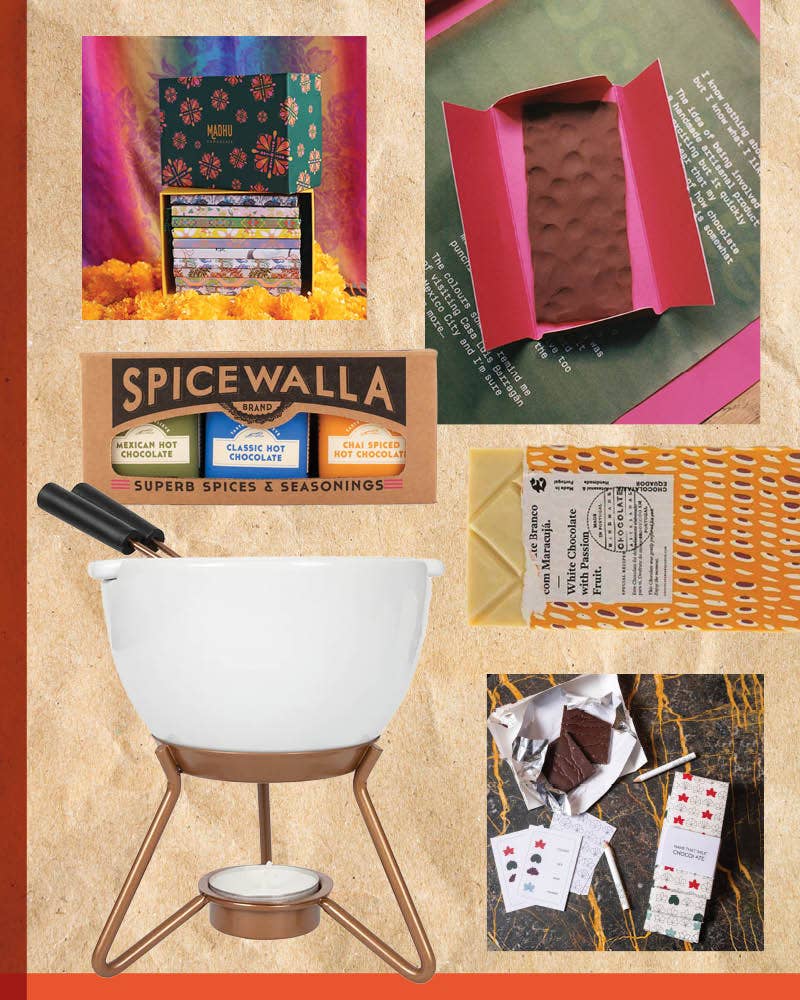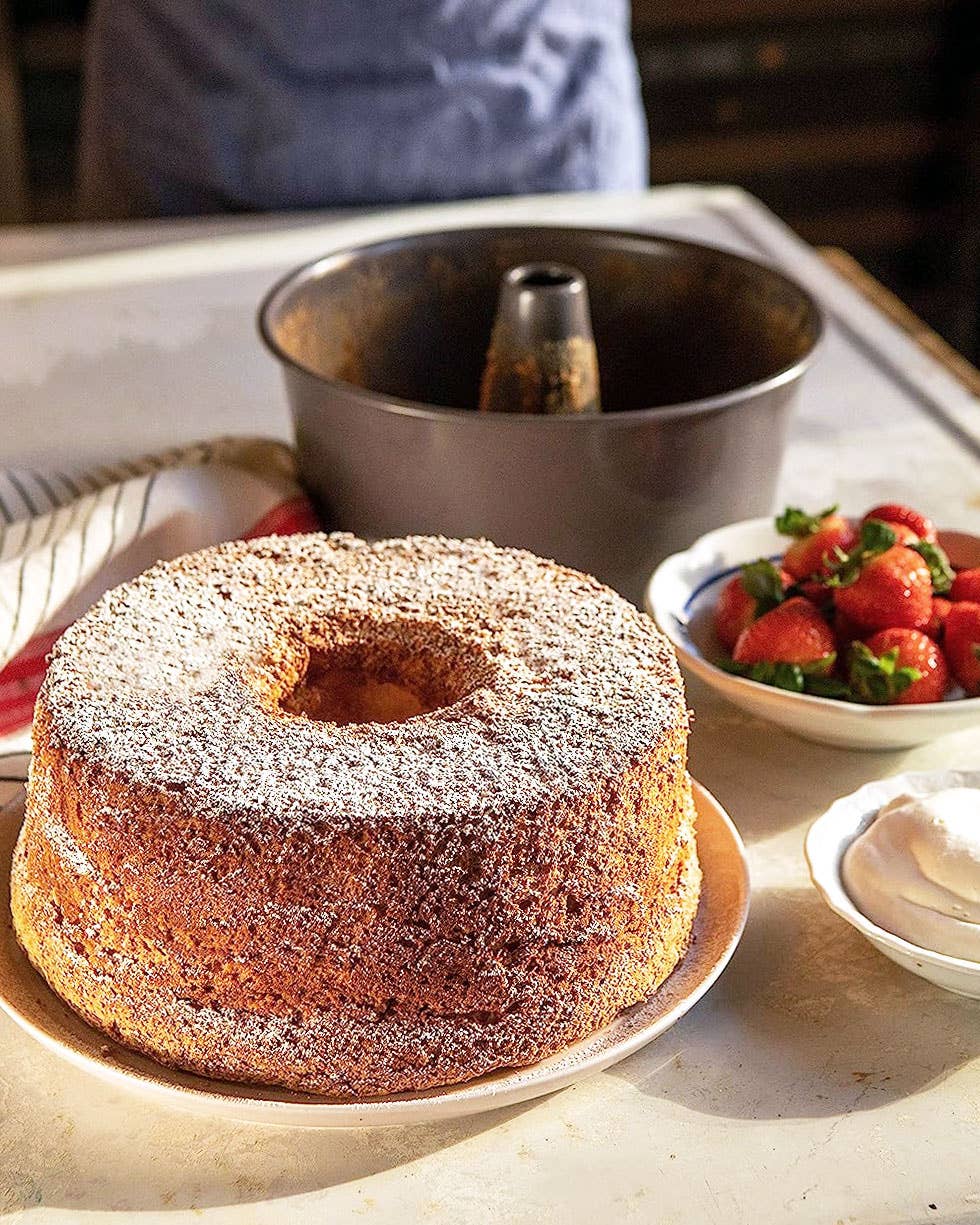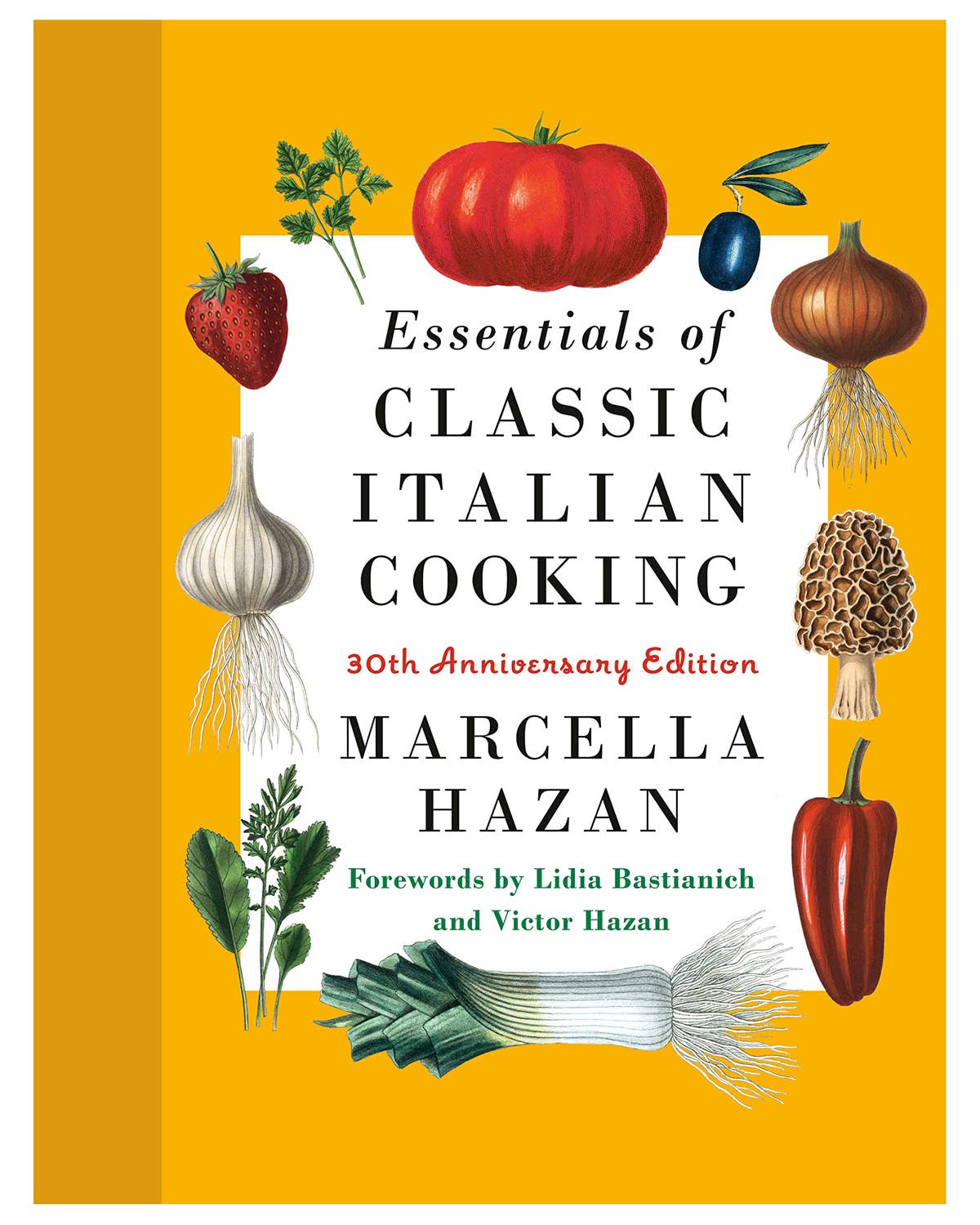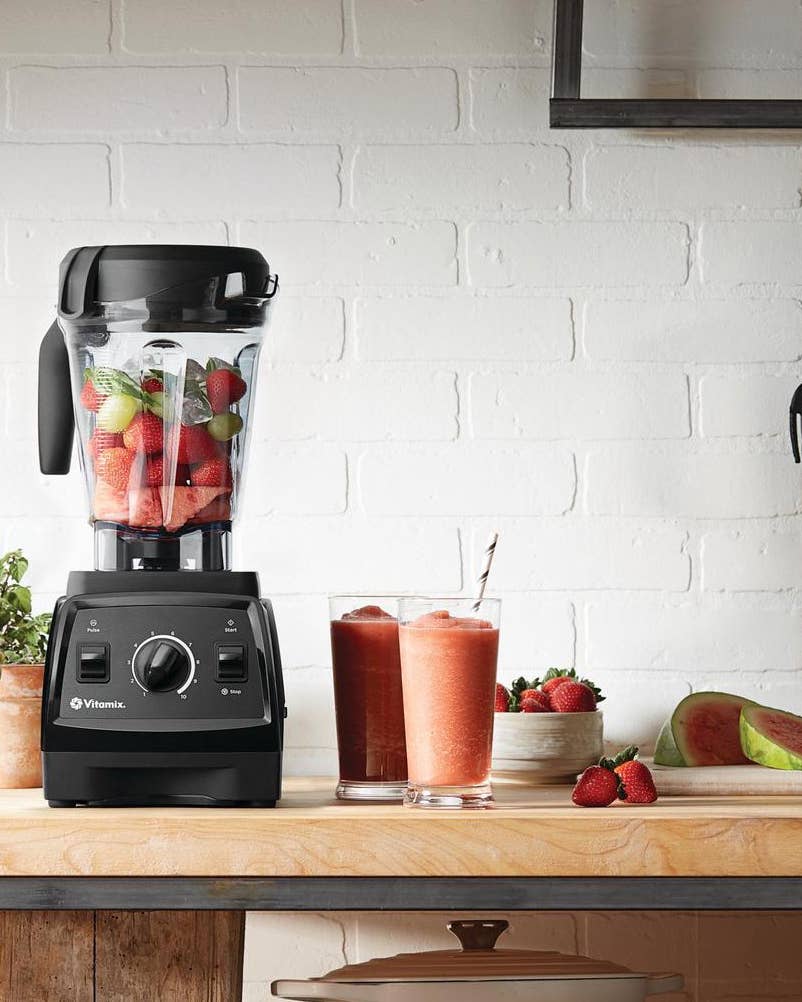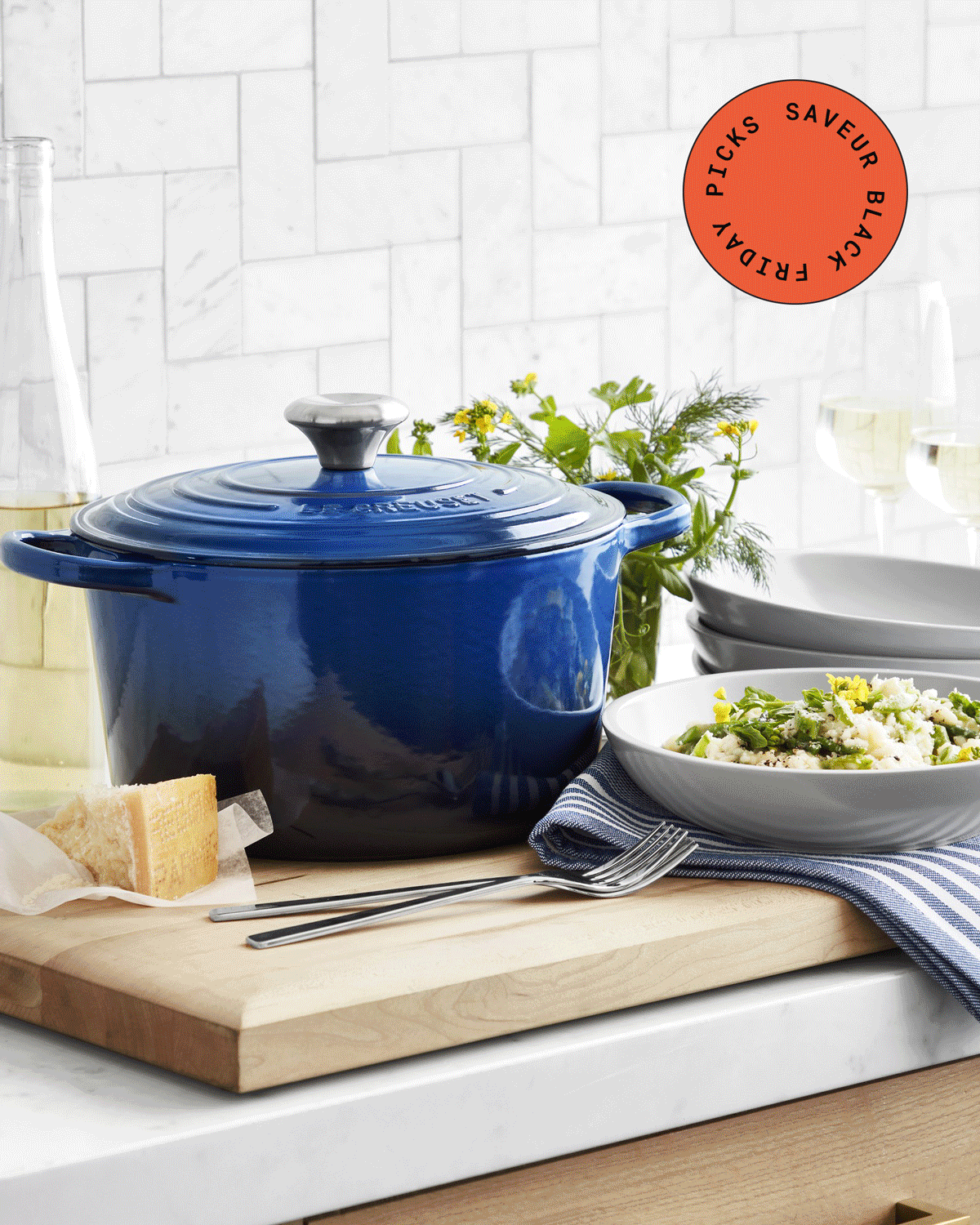The Best Bamboo Steamers Make Tender Dumplings, Veggies, and More
Don’t sleep on the magic of bamboo steamers: These traditional tools lock in moisture as your food cooks (and look gorgeous while doing it), resulting in delightfully chewy dumpling folds.
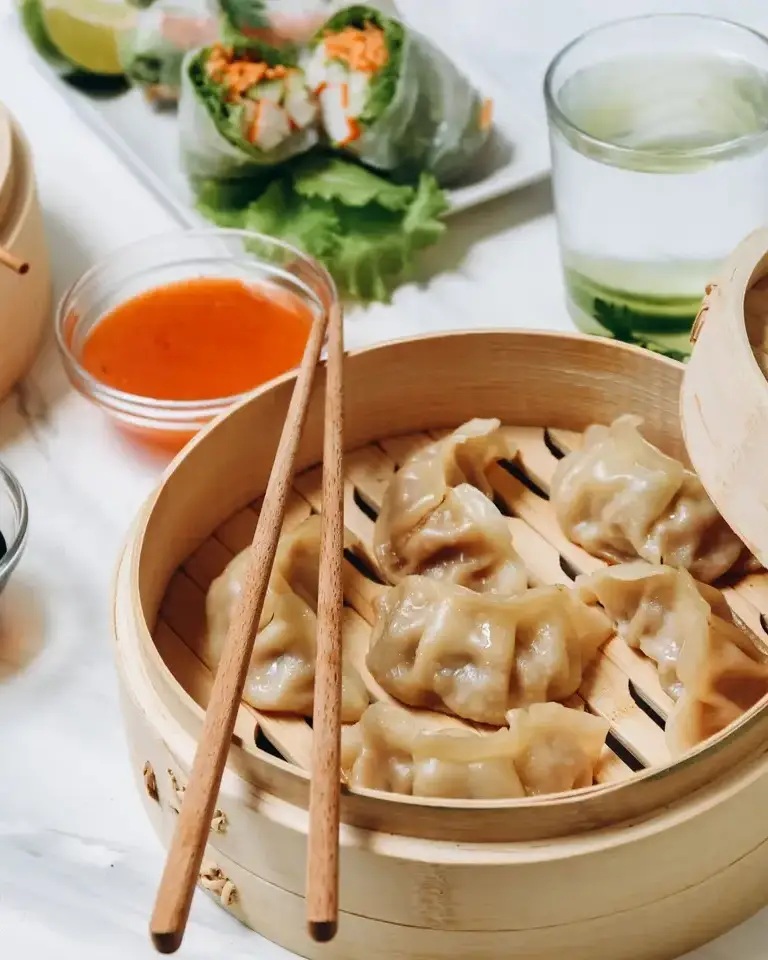
Steamed food can get a bad rap for blandness when in reality it’s one of the easiest cooking methods that seals in flavor. Without any splattery oil or oven-fussing, it delivers just-tender veggies, fish, and other staples (not to mention dumplings with delectably chewy crimped edges). There are so many steamer models out there, but there’s just something elegant (and practical) about a steamer woven from bamboo. We love their stackable construction that allows cooks to steam multiple types of food at once—even accommodating different cook times, with the longer one on the bottom. And nothing beats the “voila” moment when you lift the woven lid to unveil your dinner. While most bamboo steamers are constructed similarly, we spoke with chef Joanne Chang—of Boston's Meyers & Chang restaurant and dumpling fame—to decipher what sets one steamer apart from the rest. “Using a steamer is a fun way to steam up a lot of bao buns or pastries or even vegetables,” Chang says. “It makes for a very pretty presentation which is when I like to use a bamboo steamer.” Read on for chef Chang’s intel and our complete guide to the best bamboo steamers.
Our Top Picks
- Best Overall: Joyce Chen Bamboo Steamer
- Best Value: Helen’s Asian Kitchen Bamboo Food Steamer
- Best Mini: Sur La Table 6” Bamboo Steamer
- Best for a Crowd: Hcooker 3-tier Bamboo Steamer
- Best Sustainable: Mister Kitchenware 10 Inch Handmade Bamboo Steamer
Best Overall: Joyce Chen Bamboo Steamer
Diameter: 10” | Number of Tiers: 2 | Included Accessories: None
Pros
- All bamboo construction
- Interior slats make for even cooking
- No splinters upon opening
- Lids and tiers slide together easily
Cons
- No included accessories
- Top handle a bit tight to get your fingers under
Why we chose it: You can’t beat classic and this steamer features simple, quality construction made entirely of bamboo.
With Joyce Chen’s name attached to this bamboo steamer, we expected nothing but the best—and it truly delivered. It stood apart from the other steamers we tested even straight from the box. While many had sharp edges poking out in various spots, with the worst of the bunch riddled with splinters, the Joyce Chen was quite smooth, especially in the interior portion that comes in contact with your food (aka where it matters most). We also love how the body is constructed entirely of wood, with no sneaky pieces of metal or plastic, so you can also use it in the microwave if that’s your cooking method of choice.
When taken into the kitchen, this steamer performed well—it kept the dumplings perfectly al dente during their allotted cooking time (see our full testing breakdown in the methodology section below) and the veggies were tender without getting mushy, which is the danger of over-steaming. I started the dumplings on the bottom tier and then added the top tier with the veggies a few minutes in so they could conveniently steam together. Easy dinner perfection.
Best Value: Helen’s Asian Kitchen Bamboo Food Steamer
Diameter: 12” | Number of Tiers: 2 | Included Accessories: None
Pros
- No metal or plastic bits
- Reasonable price
- Easy to grasp top loop
- Multiple sizes available
Cons
- Smaller sizes available have less-desirable interiors
- Top weaving a little messier looking
Why we chose it: Top-notch, all-bamboo construction for an affordable price? Sounds like more dumplings for dinner.
Bamboo steamers aren’t made to last a lifetime, so it’s a wise choice not to overspend. But even though this steamer clocks in at a lower price point, it doesn’t skimp on quality construction. It’s all bamboo (just like our overall best pick) and feels pretty sturdy, so it’s set up to last you a few months or so of frequent use. One feature I especially enjoyed about this steamer is the length of the top loop, compared to the stubby inflexible handles I found on other brands of steamers. It seems like a small thing, but it made the user experience of this tool so much better.
The 12-inch performed quite well, and the steamer is available in several sizes. Though, some feature a different style of steamer “grate” made from thinner bamboo strips vs. the carved wood slats. I prefer the wood option for its durability and more measured cooking, so keep this in mind if you’re interested in exploring other size options.
Best Mini: Sur La Table 6” Bamboo Steamer
Diameter: 6” | Number of Tiers: 2 | Included Accessories: None
Pros
- Two tiers despite its small size
- Easy to store
- Can double as a creative serving vessel
- Well-constructed
Cons
- Expensive for the size
Why we chose it: This petite steamer is ideal for preparing a small side of veggies or a duo of pre-dinner dumplings.
Apartment dwellers are sure to get on board with this pint-sized version of a traditional bamboo steamer (myself included). While even the standard 10-inch versions of bamboo steamers can feel bulky and overwhelming, this little tool closely approximates the same cooking experience within a smaller footprint. Plus, it’s nice not to have to break out a massive saucepan or wok (or purchase one for that matter) to use this steamer—a typical 10-inch pan will work just fine.
This all-wood steamer is sturdy despite its small stature and features two tiers, which offers you extra vertical cooking space, ideal for whipping up a simple meal for one or a little appetizer for two. Our one qualm is that the price is high compared to the size, but that shouldn’t matter much if this is simply the size of steamer you can fit in your kitchen.
Best for a Crowd: Hcooker 3-tier Bamboo Steamer
Diameter: 10.6” (among others) | Number of Tiers: 3 | Included Accessories: None
Pros
- Steel rings keep it sturdy
- Can accommodate a high volume of food
- Comes with reusable cotton liners and chopsticks
- Stacks well
Cons
- Bulky to store
- Expensive
Why we chose it: With three tiers, sizes up to 12.2 inches, and deeper steamer basket options to accommodate larger foods, this steamer might be the only tool you need to execute a family feast.
Feeding a crowd? That’s no problem for this mammoth-sized steamer. It features three tiers, which offer ample space for big batches of gyoza or a complete meal of fish veggies. Even a bread or dessert bun if you’re feeling ambitious. It’s also available in diameters up to around 12 inches and in versions with extra depth, so it can fit things like bunches of bok choy. The top layer is great for things on which you’d prefer a light cook, since it's so far from the heat source.
We found this steamer to be exceptionally durable (made by hand, too!) thanks to the steel banding around each tier. While typically we prefer steamers made entirely from wood because they're easier to clean and you also have the option to pop one in the microwave, the metal works in this case to add extra stability since the steamer is so large (I’d be surprised if you managed to squeeze this one into a small appliance). Though, do be mindful that sneaky bits of food can get caught in the steel banding. All materials used are high quality and contributed to an exceptional performance for high-volume cooking.
Best Sustainable: Mister Kitchenware 10 Inch Handmade Bamboo Steamer
Diameter: 10” | Number of Tiers: 2 | Included Accessories: Yes
Pros
- Smooth wood
- Slightly taller tiers
- Complete with reusable cotton pads
- Comes with chopsticks
Cons
- Some pots bound with metal wire
- Thinner, more open lattice feels less durable than wood slats
Why we chose it: Natural materials + included reusable liners and chopsticks = a less wasteful cooking experience.
Bamboo is a sustainable material already, but the addition of a whopping 10 reusable cotton liners in this fully-equipped steamer puts it a step above. Food will stick to the bottom of your steamer (not to mention the occasional possibility of splinters) so using a liner is incredibly important. Though we are quite partial to these parchment paper versions otherwise, we found the smaller mesh of the cotton liners helped regulate the amount of steam allowed to touch the food, given that the bottom slats of this product are set wider and made from thinner material than the normal closer-together strips of wood.
We also noticed how smooth the wood is on this steamer, which is a huge plus in terms of user experience and quality, as well as the slightly taller height of each tier, which helps to accommodate a wider size range of foods (since nobody likes squished steamed buns). One thing to note: there are a few small areas bound with metal wire, so although the steamer appears to be all wood, it’s not microwave-friendly.
Things to Consider Before Buying a Bamboo Steamer
Size
You’ll want to consider the size of your steamer, not only in terms of how many tiers it has, but also in terms of the diameter. Larger steamers are great for those cooking for a crowd or using the steamer to cook multiple types of food at once (dumplings on one layer, veggies on the other), but also are bulkier to store. But before you choose a steamer size, you should make sure the pan you intend to use can accommodate it well. A rule of thumb to follow is that the base edge of your pan should be about two inches or so away from the edge of your steamer.
Details
Unlike other kinds of steamers, which can vastly differ from one another, bamboo steamers typically all have a similar standard aesthetic and construction, but there are a few little differences that could make or break your experience. For example, some steamers are treated with chemical coatings to prevent mold. Some cooks prefer to go chemical free, while others might prefer the extra protection against moisture. Certain steamers also use metal pieces like exterior rings to increase durability and ensure that the steamer will hold its shape, which are fine if you’re limiting your steamer use to the pan-based method, but pose a hazard if you’re planning on popping it in the microwave.
Quality vs. Price
Of course you want a quality steamer, since lower-quality options can be poorly constructed and prone to splintering. But don’t feel like you need to overspend on a bamboo steamer, since these kitchen tools aren’t meant to last a lifetime, but rather replaced periodically as they deteriorate based on how frequently you use them and how well you care for them.
FAQs
How do I use a bamboo steamer?
A bamboo steamer consists of two or so steamer baskets that stack together, each with a bamboo slat bottom that allows the steam to penetrate, with a lid. You can use just one basket or add others if you have foods with different cooking times (keeping the longer-cooking one in the bottom steamer.) The baskets are traditionally placed inside a large wok pan (but you can get away with a larger saucepan if you are wok-less) filled with enough water so that it boils, but not enough that it touches the basket bottom of the steamer. Chef Joanne Chang also says: “Make sure to line the steamer with parchment or cheesecloth so food doesn't stick. If you are steaming something juicy you want to put a plate in the steamer to keep the juice from dripping onto the bamboo.”
How to maintain and clean my bamboo steamer?
“Scrub by hand (don't put in the dishwasher) and let it air dry,” says Chang. “Sprinkle with baking soda and rinse off periodically to help sanitize.”
How long do I soak bamboo steamers before using them?
Hot take: Chef Chang doesn’t soak her bamboo steamers before using them. But if you do choose to go the soaking route, aim to soak around 30 minutes before the first use.
How long do bamboo steamers last?
“Hand-washed and air-dried, and kept clean and free of mold and mildew, it should last six months or so depending on how often you use it,” says Chang. “If it starts to mildew or smell off you should immediately discard it.”
Final Thoughts
From dumplings, to dim sum, to a weeknight veggie side or fish filet, the best bamboo steamers provide an easy and aesthetically pleasing cooking vessel to prepare your next meal. We found that the 10-inch size strikes a sweet spot between large enough to fit a good portion of food and small enough that it’s not a struggle to store, with the Joyce Chen bamboo steamer taking top honors on our list for its sturdy, splinter-free construction and impeccable cooking performance.
Methodology
To find out what makes a bamboo steamer a winner, we mostly considered two factors: quality relative to price and overall performance. We gathered a number of steamers to try out based on research and got to work steaming up a few batches of veggies and dumplings to see how they fared—using 13 minutes as a cooking mark for the dumplings and seven for the veggies (note: none were root vegetables, which take a little longer). Although these steamers are typically used with woks, we decided to go with a wide nonstick to better reflect what the most home cooks might carry in their kitchens. We also kept the “two inches rule” in mind here explained in the “things to consider” section, testing the steamers that fit into this size range and then later seeing if the ones we liked came in other sizes. For the sake of testing, we decided against pre-soaking, since our expert explained she doesn’t typically take this step. After taking detailed notes of our out-of-the-box impressions (shape, material, etc.), we took down our cook test findings and combined both to determine what steamers made it onto our vetted list of winners.
Every product is independently selected and vetted by editors. Things you buy through our links may earn us a commission.
Keep Reading
Continue to Next Story
